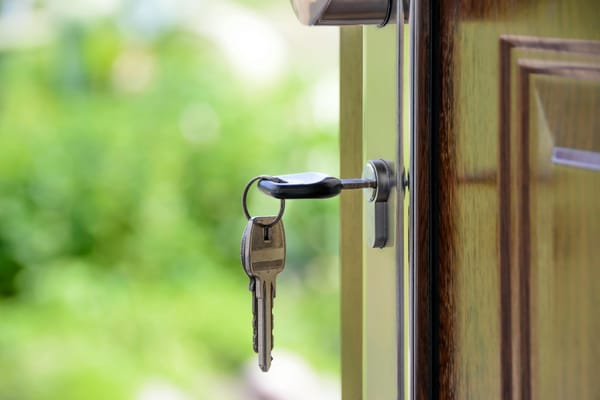Third spaces, the lack thereof and what to do about this

Did the decrease in third spaces for young adults increase internet use?
There has been a significant decrease in third spaces in the United States, especially as of late. So, what is a third space? According to the University of Chicago, "At a third place, you might go to hang out with your friends, you might run into acquaintances by chance, or you might meet people you have never encountered before. It is a meeting ground to build relationships with others outside of home or work." Essentially, it is a place that is neither home (the first space) nor work/school (the second space).
Having third spaces fosters connections, helps people build relationships, and gives them a space to go and relax outside regular routines. With the decline of physical third spaces and a decline in their utilization, there has been an increase in the Internet as a third space.
This can lead to younger teens and young adults replacing third spaces with online communities entirely, and this does not always have favorable outcomes. There is a way to build healthy online communities and find safe spaces within them, especially for those who feel they are not understood or do not fit in with their peers. But this entirely online replacement can have negative effects.
One of the major drawbacks of relying solely on online third spaces is the potential for social isolation. While online platforms can provide a sense of community and connection, they often lack the depth and authenticity of face-to-face interactions. Physical third spaces allow for spontaneous, unfiltered conversations and foster a sense of belonging that is hard to replicate virtually. Overreliance on online communities can sometimes exacerbate feelings of loneliness and even contribute to mental health challenges such as anxiety or depression.
Moreover, the Internet as a third space is not always inclusive or safe. Online spaces can be rife with misinformation, cyberbullying, and harmful content that may negatively influence young minds. Without proper moderation, these platforms may become breeding grounds for toxic behavior, making them less conducive to healthy relationship-building.
The decline in physical third spaces also impacts community cohesion. Places like parks, libraries, coffee shops, and community centers have historically been hubs where diverse groups of people come together, often bridging cultural and socioeconomic divides. The erosion of these spaces reduces opportunities for individuals to encounter differing perspectives, which can hinder empathy and understanding across communities.
To address these challenges, there is a need to prioritize the revival and reinvention of physical third spaces. Communities can invest in multifunctional public spaces that cater to various interests, ensuring accessibility and inclusivity for all age groups. Additionally, urban planners and policymakers should focus on creating environments that encourage social interaction, such as walkable neighborhoods with communal areas.
At the same time, it is crucial to promote responsible use of online third spaces. Digital platforms can complement physical third spaces by providing opportunities for people to connect over shared interests or during times when in-person interaction is not possible. However, this requires robust moderation, the promotion of positive online behaviors, and education on digital literacy to help users navigate these spaces safely and constructively.
Ultimately, the solution lies in striking a balance between physical and digital third spaces. By fostering both types of spaces, society can create an environment where individuals can build meaningful connections, whether in person or online, while mitigating the negative effects of an overreliance on the Internet as a third space.




